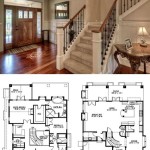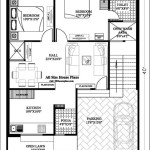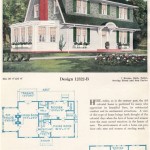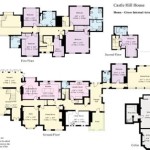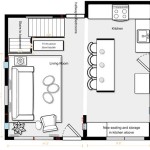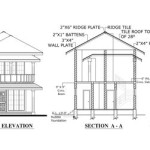The Essential Aspects of Ancient Greek House Floor Plan
The ancient Greeks were renowned for their architectural prowess and their houses were no exception. Greek houses were designed to be both functional and aesthetically pleasing, with each element carefully thought out to create a harmonious living space.
The typical Greek house was a rectangular structure, with a central courtyard surrounded by rooms. The courtyard was the heart of the house, providing a space for cooking, dining, and entertaining guests. The rooms around the courtyard were used for sleeping, storage, and other activities.
The most important room in the house was the andron, which was the men's quarters. The andron was typically located at the front of the house and was used for entertaining guests and conducting business. The andron was often decorated with paintings and sculptures, and it was furnished with comfortable chairs and couches.
The women's quarters, known as the gynaeceum, was typically located at the back of the house. The gynaeceum was used for cooking, dining, and sleeping. It was also used for storing household goods and supplies.
In addition to the andron and the gynaeceum, Greek houses typically had a number of other rooms, including a kitchen, a bathroom, and a storage room. The kitchen was typically located near the courtyard, and it was equipped with a hearth and a sink. The bathroom was typically located at the back of the house, and it was equipped with a bathtub and a toilet.
Greek houses were typically built of stone or brick. The walls were often plastered and painted, and the floors were often covered with tile or mosaic. The roofs were typically made of wood or thatch.
The design of Greek houses evolved over time, but the basic elements remained the same. Greek houses were designed to be both functional and beautiful, and they reflected the values and lifestyle of the ancient Greeks.

Ancient Greek House Courtyard Original Houses Plans Architecture

Reconstruction Of An Ancient Greek House Ground Floor Plan Riba Pix

Ancient Greece The Greek House

5th Century Bc Classical Age Greek House Plan With Separate Quarters For Male And Female Ancient Architecture

Architectural History Ancient Greece Part 4 Domestic Buildings Greek Furnishings Design Fashion Blog

Greek Roman Mythology Tools

File Greek House Layout Svg Wikipedia

Houses Olynthos Project

File Greek House Layout Svg Wikimedia Commons

Plan D Une Maison Grecque Apres Vitruve Geographicus Rare Antique Maps


